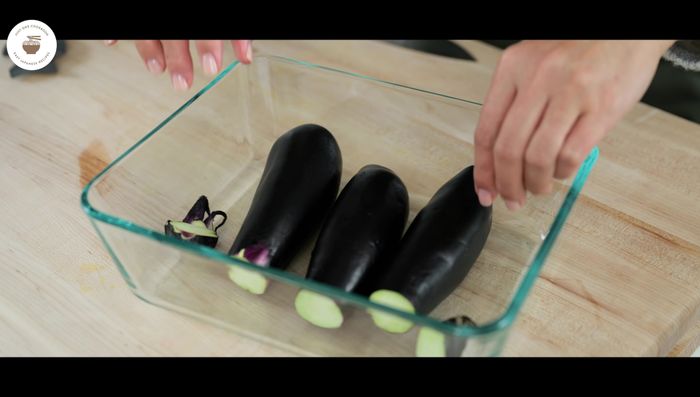Shiozuke, the simplest form of Japanese pickles, relies on the power of salt to preserve and enhance the flavor of vegetables. This ancient technique, passed down through generations, requires minimal ingredients and offers a delightful, subtly salty crunch that complements countless dishes. From vibrant cucumbers and crisp radishes to delicate greens and even fruits, almost any vegetable can be transformed into a delicious shiozuke. The process is remarkably straightforward, allowing even novice cooks to experience the satisfaction of creating their own homemade pickles.
This guide will walk you through the essential steps of making delicious shiozuke, explaining the importance of choosing the right salt and vegetables, as well as the optimal fermentation times for achieving the perfect balance of texture and taste. Ready to embark on this culinary adventure? Let's delve into the step-by-step instructions below and learn how to make your own batch of irresistible shiozuke.
Tools Needed
- Container for pickling
Ingredients
- Salt
- Water
- Vegetables (your choice)
Step-by-Step Instructions
Step 1. Prepare the Vegetables
- Prepare your chosen vegetables. Wash and cut them into bite-sized pieces.

Step 2. Create and Submerge in Brine
- Mix salt and water to create a brine. The exact ratio isn't specified in the transcript, but it's implied to be a simple solution.
- Submerge the vegetables in the brine, ensuring they are fully covered.


Step 3. Pickle and Rinse (Optional)
- Let the vegetables pickle for a few hours. The exact time isn't specified but is mentioned to be only a few hours.
- Remove the vegetables from the brine. You can rinse them briefly if desired, depending on your preferred level of saltiness.


Step 4. Serve and Enjoy!
- Serve and enjoy your homemade tsukemono!
Read more: Kinpira Gobo Recipe: A Sweet & Savory Japanese Side Dish
Tips
- Many Japanese meals include tsukemono (Japanese pickles) as a side dish.
- Experiment with different types of vegetables to find your favorites!
- The video mentions different names for Japanese pickles: tsukemono, shiozuke, and others. These are all variations of pickled vegetables.
Nutrition
- Calories: varies
- Fat: variesg
- Carbs: variesg
- Protein: variesg
FAQs
1. How long do homemade Japanese pickles last?
Refrigerated shiozuke (salt pickles) typically last for 1-2 weeks. Quick pickles using vinegar will last a bit longer, up to 2-3 weeks. Always check for mold before consuming.
2. Can I use any type of salt for making tsukemono?
While sea salt is traditionally preferred, kosher salt works well too. Avoid using iodized salt, as it can affect the flavor and texture.
Making your own tsukemono is a rewarding experience, allowing you to enjoy fresh, flavorful pickles customized to your taste. Experiment with different vegetables and seasonings to discover your favorite combinations. Now go forth and pickle!
